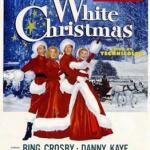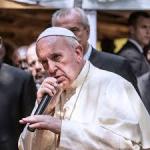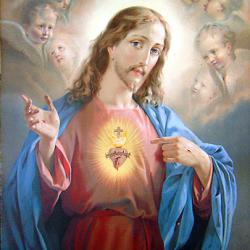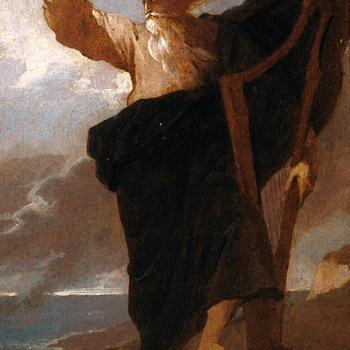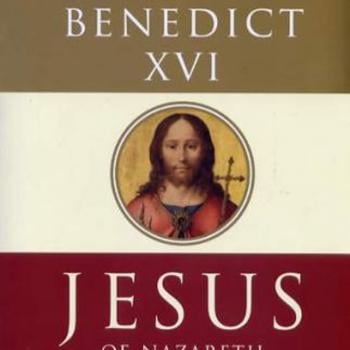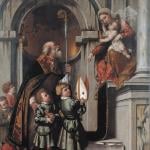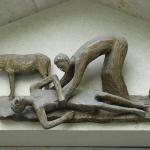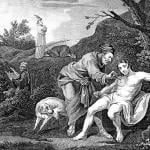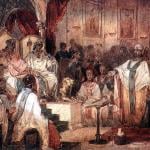- Christmas is the time of year when people
of all religions come together to worship Jesus Christ.
– Bart Simpson
For your Christmas Joy
here is a selection from the public domain work
The Festal Year – The Christmas Season
(1848-1920)
Other children are born when God sees fit. Christ chose his own time. He came into the world at the time when Caesar commanded all his subjects to be enrolled. The Roman Empire bears witness of his royal birth, and Caesar without knowing it carried out the designs of God.
At that time the whole world bowed down under the power of the Roman Emperor. All was peace, “for he is our peace.” “If we examine the ancient histories,” says Saint Jerome, “we will find that up to the 28th year of Caesar Augustus there were wars in the whole world, but at the birth of the Lord all wars ceased.”
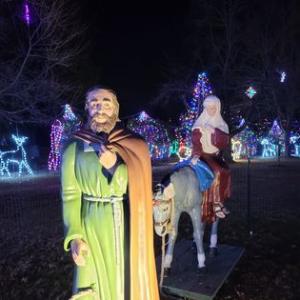
Let the proud of the earth learn from the birth of their Saviour a lesson of humility. Who would want to have it known that they were born in a cabin, but who would like his neighbors to hear that he was born in a stable? He was not born in the imperial city, Rome. He was not born in the capital of Palestine, Jerusalem. He did not first see light in the city of Galilee, Nazareth. He was not born in the home of his fathers, Bethlehem. He was born in a stable, to destroy in the mind of man the pride of his birth and to teach us a lesson of humility.
Christmas time begins on the day when our Lord was born, and ends on the day when Jesus was presented in the temple, and Mary was purified. That feast of the Purification of the Virgin appears to go back to the most ancient times, and we find no mention of when it began, all writers agreeing that it is the most ancient of all the feasts of the Blessed Virgin. Having its history given in the Gospel, it is no more than natural that they celebrate it from the earliest days of the Christian religion. Where the Latin rite had spread, it was held on the 2d of February, but some of the Christians of the East kept the feast at different times, till the sixth century, during the reign of the Emperor Justinian, when they changed to the day kept by the Latins.
The Christmas time in the Latin rite is a time of happiness and of pleasure celebrated by the whole of the Christian world in memory of the Son of God made man. For that reason all are filled with joy and happiness. Among us, the children’s stockings are filled by Santa Claus, the Christmas tree bends under its load of sweets for the little ones, the poor, who at other times have scarcely enough, try and provide a feast that day, the rich invite their friends to their Christmas dinner, all salute their friends and acquaintances with “a happy Christmas.” The trials and troubles of the past are forgotten, injuries are overlooked, presents are made, and the members of society try to pass the holidays in social pleasures, even those whose fathers left the Church in ages past, by tradition, have still kept the customs implanted so deeply by our ceremonies in the heart of the people of the Christian world.
No time of the year is so filled with mystery as the Christmas holidays, when the Church celebrates the birth of the Saviour of the world, born of his Father in eternity, and born of his Mother in time. The Son of God, the wisdom of the Father, the Divine Word, the Plan of creation, the Creator of all the source of all light and grace flowing into angels and men takes to himself, raises to the throne of the Deity that nature of man which contains all the perfections of the beings made by God. He raises all and defies all by uniting all to himself, and thus, he lifts all creatures to the throne of the God-head.
The Mystery of the Incarnation breathes through the Masses and the Offices of the Church. “The Word was made flesh, and God became man,” resounds through the whole of the grand Liturgy of the Latin rite during the holy season of Christmas.
He was born in the winter of the world, when the nations had lost the revelations given by God to their father Adam, when the poets of Greece and Rome had poisoned the minds of the ancients by their gods and goddesses, and the daily decreasing light of the sun in the fall of the year before the winter solstice, is a picture of the light of God’s revelation decreasing as the years of the olden times rolled by, before the birth of Christ.
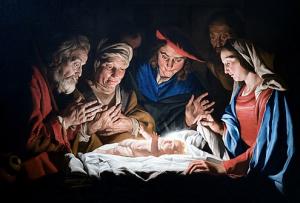
In the cycle of the year, during the holy time of the Christmas holidays, the Church surrounds the manger of the Infant-God with the names of her most illustrious Saints. Like the twinkling planets circling around the sun, we celebrate the memory of the most celebrated Saints during these happy days of the birth of our Lord. Saint Stephen who, first among the followers of the Saviour, gave his life in martyrdom; Saint John, the beloved Apostle; the Holy Innocents, put to death by Herod; and Saint Thomas of Canterbury, the great Saint of the English race. No other season of the year shows such noble names as those we mentioned.
The mystery of the wonderful birth of our Lord asks something on our part, for he took that human nature of ours that we might adore him, love him and receive him. We must adore him, for he is God, and to adore anything but God is idolatry. For that reason we never adore the Saints, the Apostles, or the Virgin Mary. But as we celebrate the feast of our birth, as we renew the centennial of the foundation of our great nation, as we love to honor the names of the great and the honored dead, we keep the days of the great and honored ones of the Christian religion. That is the reason why the Feasts of the Saints are celebrated.
We must adore only God. But we must not only adore him, we must also love him. And in all the world what is there which excites our love like the face and the form of a little child? For that he came and took the form of a little babe, to win our love. Thus to renew forever the memory of that God-child born at Bethlehem, the people of each church lay the image of a little child in a manger each Christmas night, when the people, seeing the beautiful form of the infant, remember the Babe of Bethlehem born to them so long ago, of the Virgin Mother, on the first Christmas night, when Immanuel became man. Not only should we love him, but we must receive him.


